17 October 2025
When’s the last time you truly remembered a lesson from a textbook? Now think about a time you planted a tree, built a model rocket, or staged a mock courtroom outside school walls. Chances are, the second memory stands out more—it felt real, didn’t it?
That’s the beauty of learning beyond the classroom. We're talking about outdoor projects and project-based learning (PBL) that breathe life into education by turning knowledge into action.
Let’s dig into how this learning style is changing the way students engage with the world—and why it might just be the educational shake-up we all need.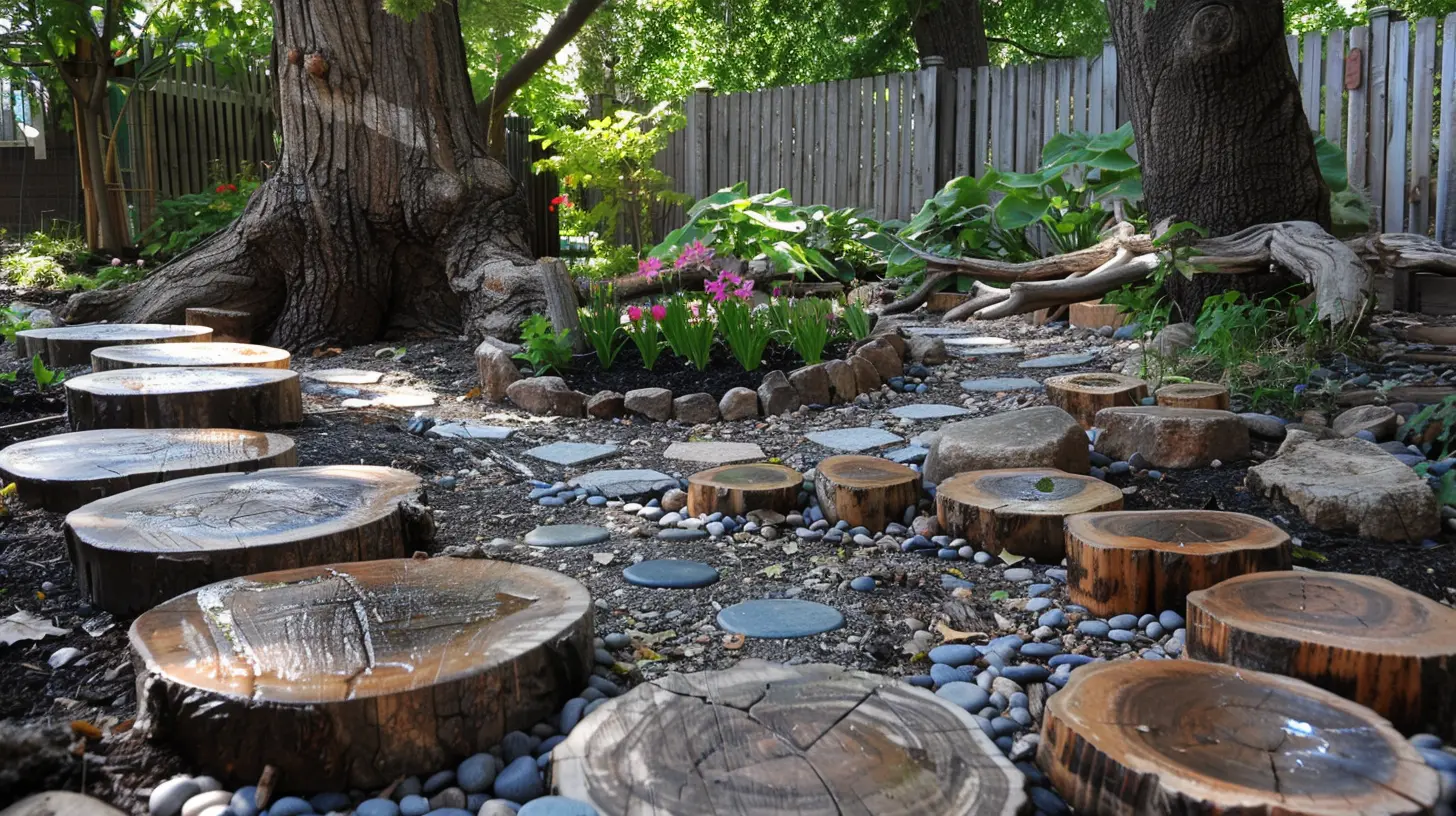
What Is Learning Beyond the Classroom Anyway?
Good question.Simply put, it’s education that happens outside the traditional four walls of a classroom. It’s not just field trips, either (though those can be fantastic). Think hands-on science experiments in the schoolyard, environmental service projects in local parks, or building solar-powered gadgets in the backyard.
Add project-based learning (PBL) to the mix, and it’s like giving students the wheel. Instead of passively absorbing information, students drive the learning by solving real-world problems, often in groups, and often outside.
The result? Deeper understanding, stronger thinking skills, and a much more fun way to learn.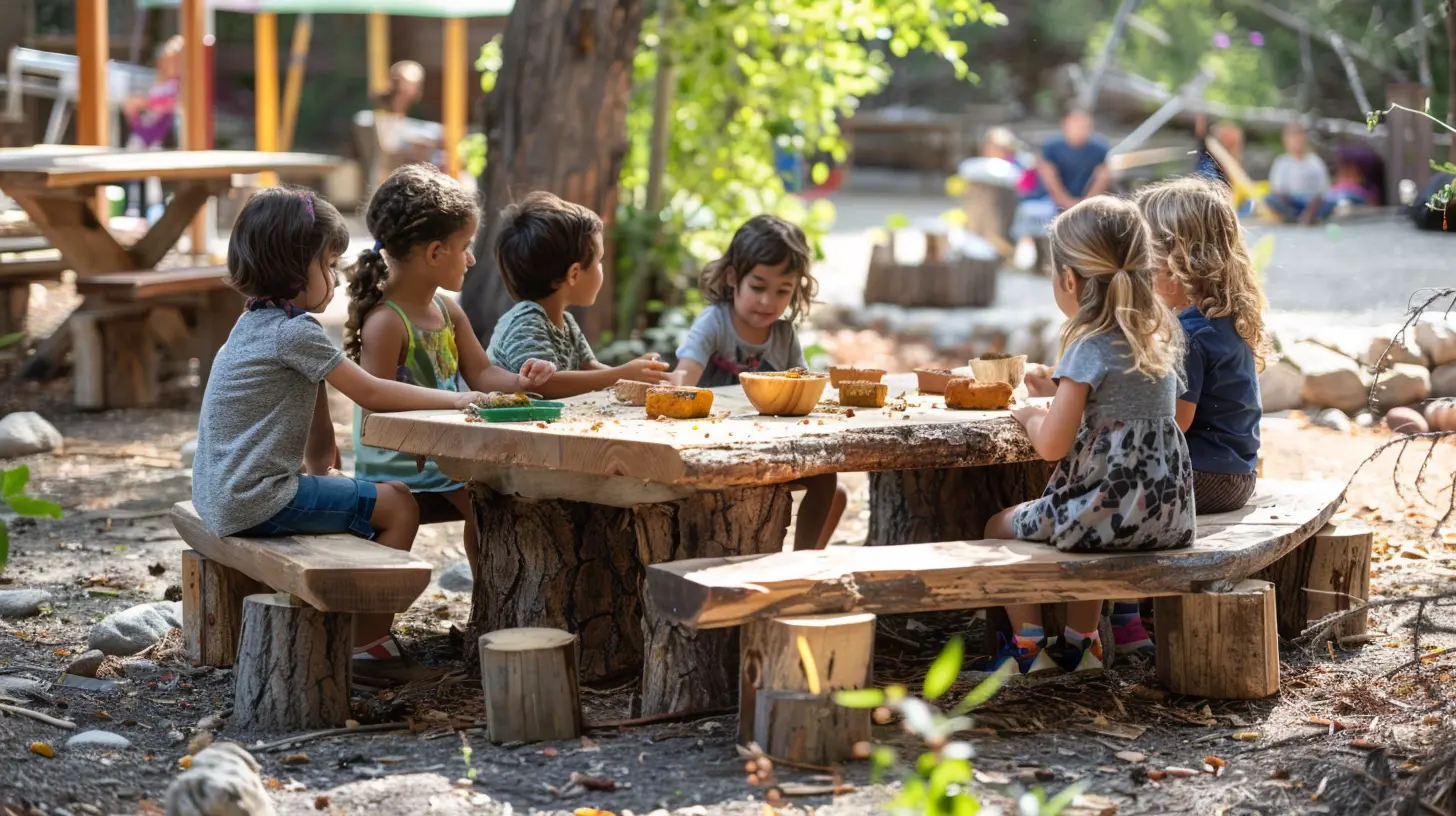
Why Outdoor Education Matters More Than Ever
Let’s be honest—kids (and heck, even adults) spend way too much time indoors. Screens dominate our lives, attention spans are shrinking, and mental health is taking a hit.Outdoor projects reconnect students with nature and each other.
Here are a few reasons why they make a huge difference:
- They boost mental health: Natural light, fresh air, and physical activity can reduce stress and improve mood.
- They support kinesthetic learning: Not all students learn best by sitting still. Outdoor projects let them move, try, and tinker.
- They improve focus and behavior: Studies have shown that kids who spend time outside are calmer and more focused in class.
- They make learning relevant: Real-world problems don't come with multiple-choice options. Outdoor projects mirror how life actually works.
So yeah, outdoor learning isn’t just a fluffy extra—it’s essential for growing well-rounded, capable humans.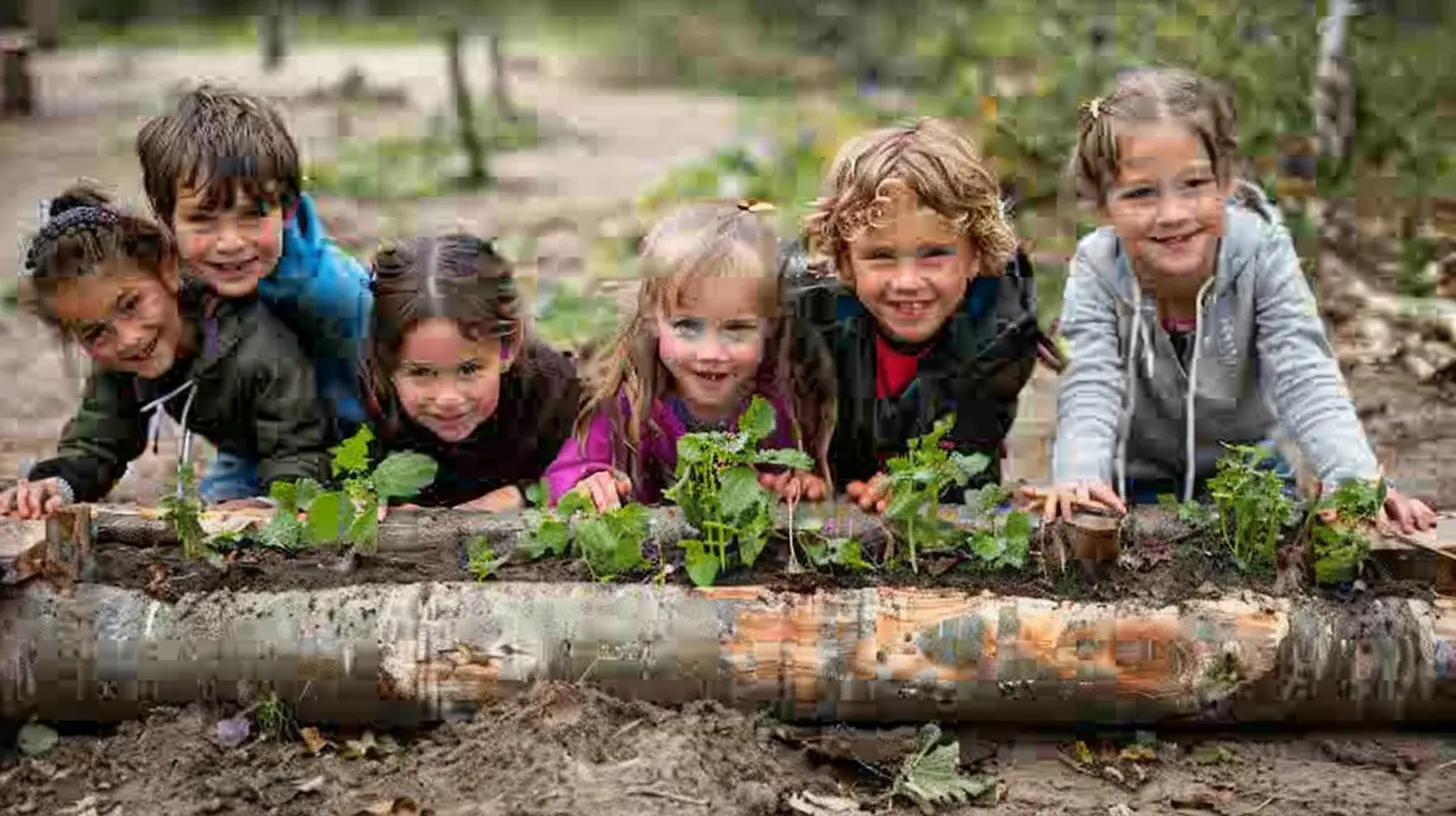
What is PBL (Project-Based Learning)?
Okay, before we jump into those awesome project ideas, let’s break down what PBL is.Project-Based Learning is, in a nutshell, learning by doing. Instead of memorizing facts to pass a test, students work on a project over days, weeks, or even months—solving complex questions or challenges in meaningful ways.
A good PBL project usually includes:
- A driving question or real-world problem
- Student collaboration and self-direction
- Research and inquiry
- Public presentation of the results
And when you combine PBL with outdoor elements? That’s educational magic.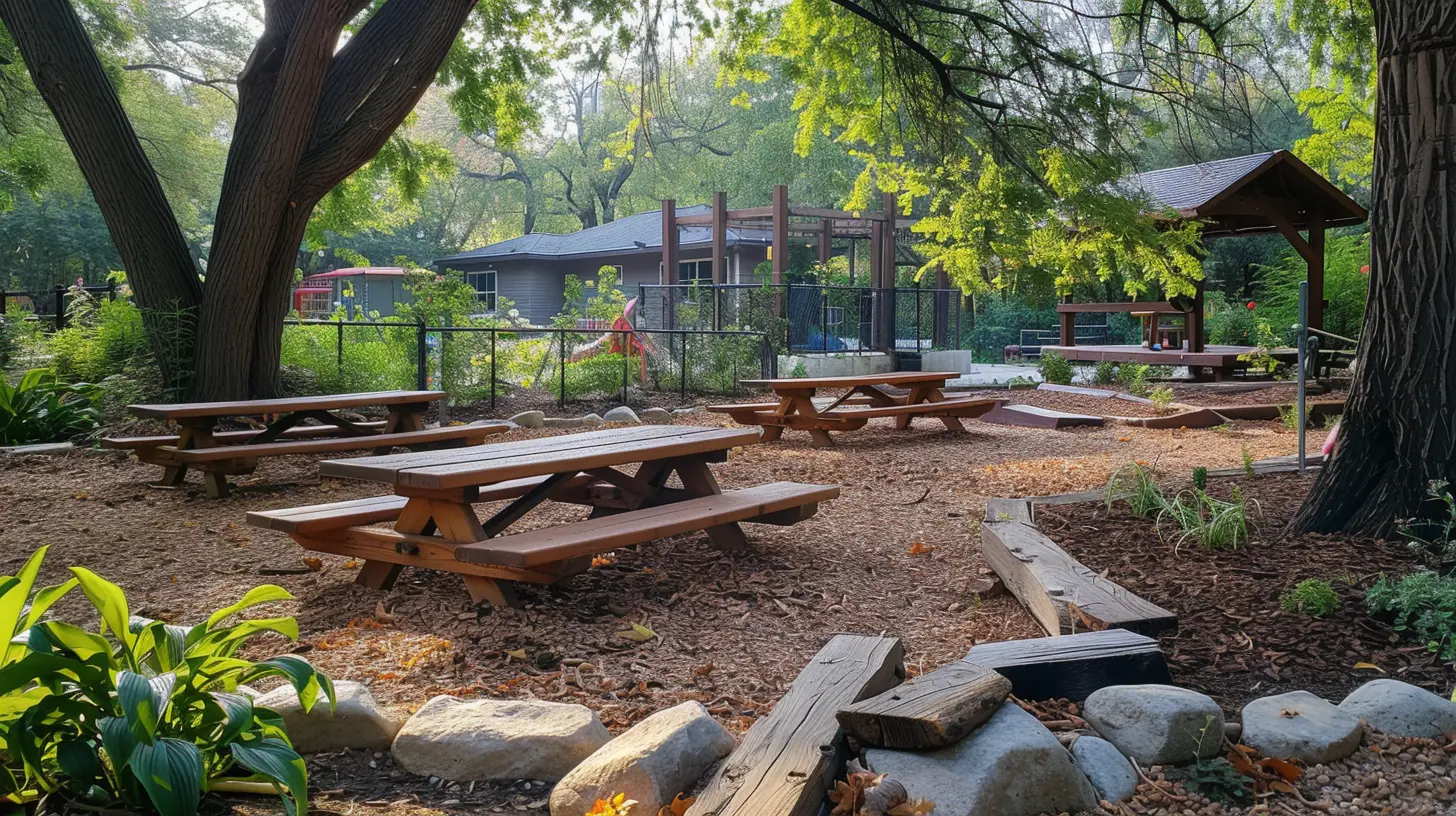
How Outdoor Projects and PBL Work Together
Picture this: A group of middle schoolers notices pollution in a local creek. Instead of just reading about water quality in science class, their teacher challenges them to figure out the source—and come up with a plan to fix it.They collect water samples, talk to local officials, research pollutants, and present their findings to the school board. That’s outdoor PBL in its purest form.
It’s messy. It’s unpredictable. But it’s also incredibly powerful.
Students learn:
- To collaborate and communicate
- To think critically and creatively
- To link knowledge across subjects
- To care about their world
And let’s face it—no worksheet has ever done all that.
Real-Life Outdoor PBL Project Ideas You Can Try
Let’s talk about the good stuff—the actual projects. These ideas aren’t just for teachers; parents, homeschoolers, and community leaders can dive in too.1. Community Garden Project
Let students research, design, and build a garden for their school or neighborhood. They’ll learn about ecosystems, nutrition, weather patterns, and teamwork—all while digging in the dirt.Bonus: Harvest time turns into a real-life feast!
2. Environmental Clean-Up Campaign
Challenge students to identify a local pollution problem—trash on a hiking trail, litter near a river, or plastic use in their cafeteria. They’ll investigate the causes and create a campaign to make a change.Think posters, social media, community events—the whole shebang.
3. Wildlife Observation Journal
Set up a long-term outdoor observation project. Every week, students head out to record wildlife behavior in a specific area. Tie this into science (biology/ecology), writing (journaling), and even art (sketching).It’s mindfulness meets science class.
4. Solar Oven Challenge
Give students the task of designing and building ovens that cook using only solar energy. Let them test different designs outdoor and cook a simple dish (like s’mores!).They’ll dive into energy transformation, engineering, and maybe even a bit of culinary creativity.
5. Outdoor Entrepreneur Fair
Let students create products or services based on needs they’ve noticed in their school/community—think reusable water bottles, recycled crafts, local plant guides.They’ll pitch their idea, design a prototype, and present it at a fair held outdoors. Entrepreneurship meets education, with fresh air to boot.
How to Get Started with Outdoor PBL
Starting something new can feel overwhelming. But the good news? You don’t need a fancy budget or perfect conditions to begin.Here’s your quick-start guide:
1. Start Small
Pick one outdoor project a semester to start. Test what works—for your students, your schedule, and your space.2. Use Local Resources
Nature parks, science centers, farmer’s markets, and even parents with special skills—your community is filled with hidden assets for outdoor learning.3. Let Students Take the Lead
Give them choices. Let them brainstorm. You’ll be amazed what students come up with when you stop spoon-feeding and start empowering.4. Document Everything
Photos, journals, videos—record the process, not just the end result. It helps with reflection and makes it easier to showcase the learning journey.5. Reflect and Celebrate
Don’t just do a project and move on. Talk about what worked, what didn’t, and what was learned. Then celebrate it—host an outdoor showcase, invite parents, and let students shine.Let’s Talk Technology + Outdoor Learning
Who says learning outdoors has to mean ditching tech? In fact, combining the two can take projects to a whole new level.- Use apps to track plant species (like iNaturalist or PlantSnap)
- Record videos of experiments for a class YouTube channel
- Create podcasts about local history or environmental issues
- Use drones (safely!) for aerial surveys or photography
The key is using technology to enhance—not replace—the real-world experience. Think of it as a toolkit, not a crutch.
Challenges to Watch For (And How to Tackle Them)
Let’s be real—it’s not always sunshine and butterflies. Outdoor PBL has its challenges.Weather
Plan for flexibility. If it rains, can the project pivot indoors? Have backup ideas in your pocket.Safety
Set clear guidelines and supervised zones. Do risk assessments, especially in natural or public spaces.Time
Yes, big projects take time. But what if they replaced test prep or redundant lectures? Prioritize depth over quantity. Learning that sticks is worth the trade.Admin or Parent Pushback
Share the research. Show videos or examples of successful projects. Bring stakeholders into the process early—they often become your biggest cheerleaders.Final Thoughts: Why It’s Worth It
At the end of the day, outdoor projects and project-based learning do more than just teach the curriculum. They ignite curiosity. They build resilience. They turn students into problem-solvers.When education steps outside, students step up.
They don’t just learn about the world—they learn what it means to be part of it.
So whether you're a teacher looking to shake things up, a parent hoping to add more meaning to your child’s education, or a student ready to dive deeper… embrace learning beyond the classroom.
The world is the best kind of classroom there is.

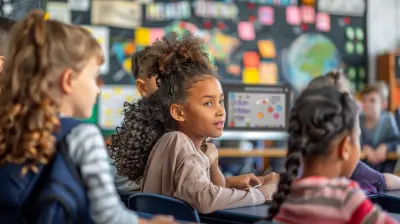
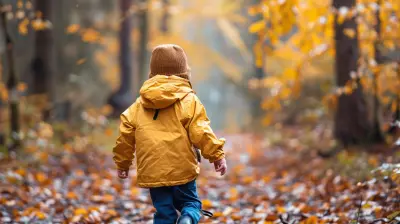
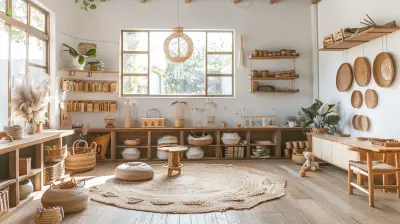
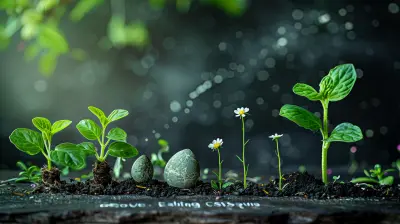



Noora Elliott
Outdoor projects and PBL ignite passion and creativity in students. Let's break free from traditional confines and embrace learning experiences that truly engage and inspire!
November 6, 2025 at 1:31 PM